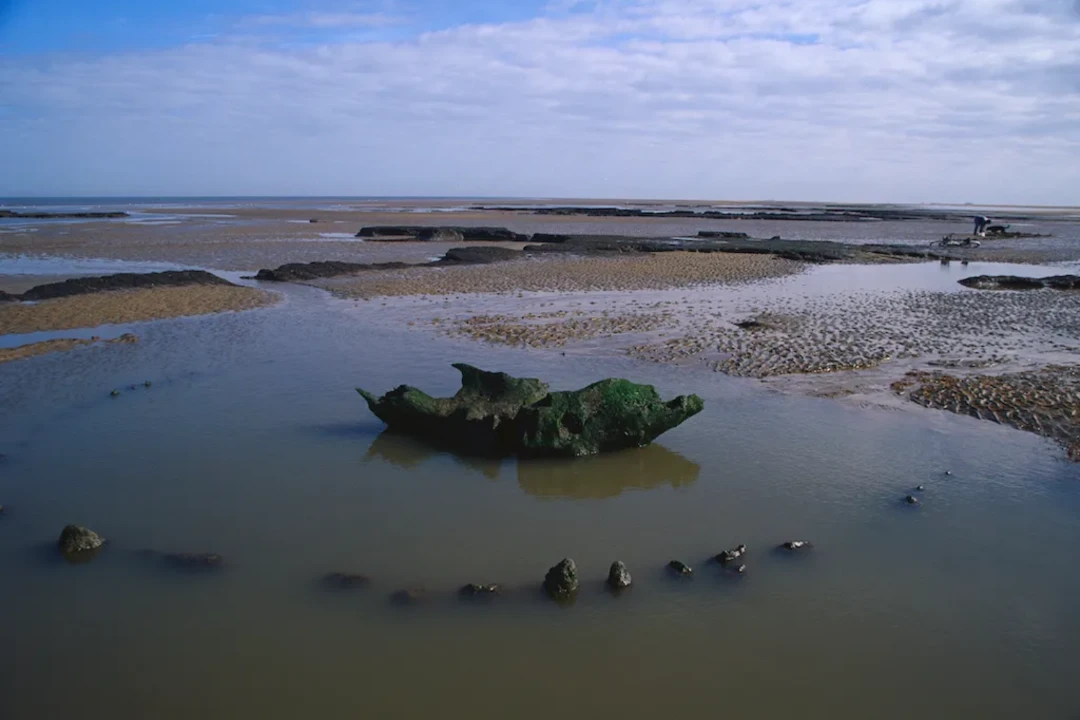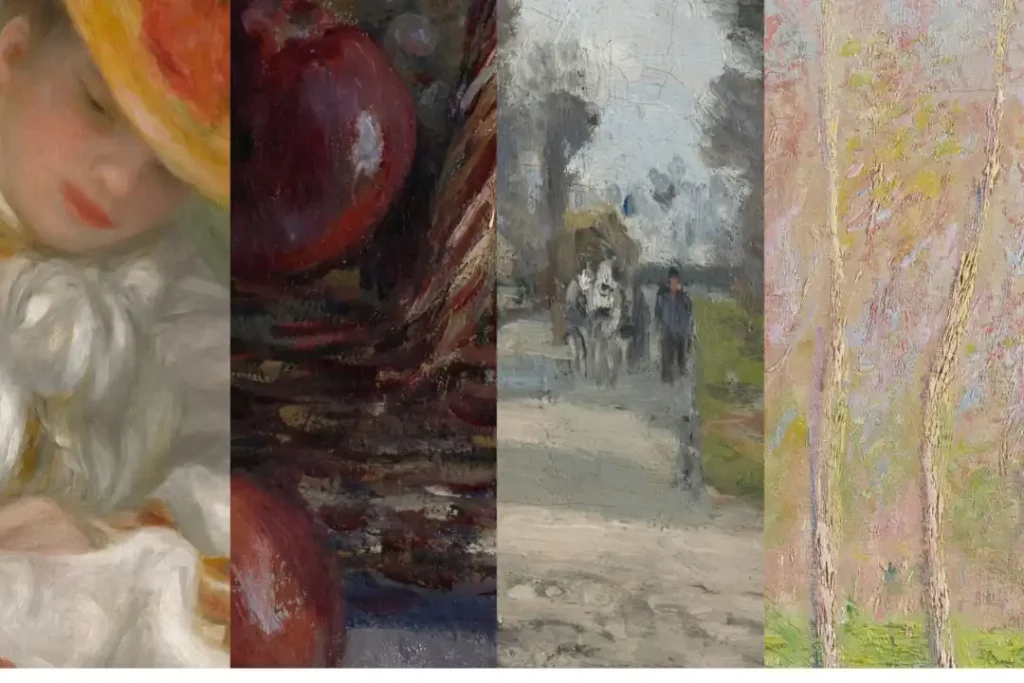New research suggests that Seahenge, a mysterious timber circle on England’s Norfolk coast, was built to combat severe weather patterns and prolonged winters. This ancient monument, along with its sister Holme II, was constructed during the early Bronze Age, during extreme climate stress.
David Alexander Nance’s Theory: Seahenge as a Symbol of Fertility
Unlike previous theories, scholar David Alexander Nance proposes that Seahenge and Holme II were not just burial markers or sky burial sites but rather symbols of fertility and renewal. Seahenge’s alignment with the summer solstice sunrise suggests it represented a cage for a young cuckoo bird, a folklore symbol of fertility.
Holme II and Seahenge: Ancient Monuments Aligned with the Summer Solstice
The summer solstice marked the end of the cuckoo’s singing, and its return to the “Otherworld” signaled the end of summer. By symbolically keeping the bird in a “cage,” the ancient builders may have been trying to prolong the summer and ward off the harsh winters.
Exploring Seahenge’s Purpose: Climate Resilience and Symbolic Cuckoo “Cage”
Seahenge’s true purpose is still shrouded in mystery, but one thing is clear – our ancient ancestors were resourceful and resilient in the face of climate change. Let’s uncover more past secrets and learn from their innovative solutions!














